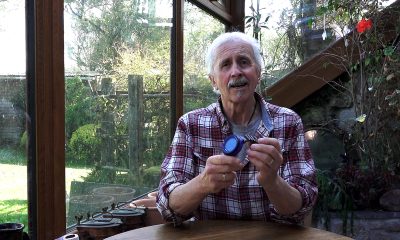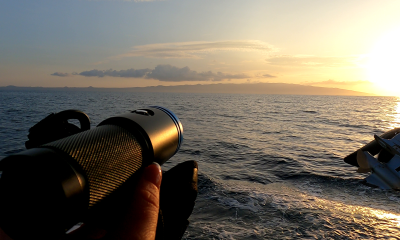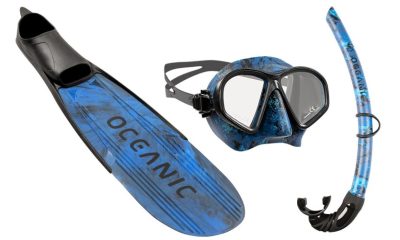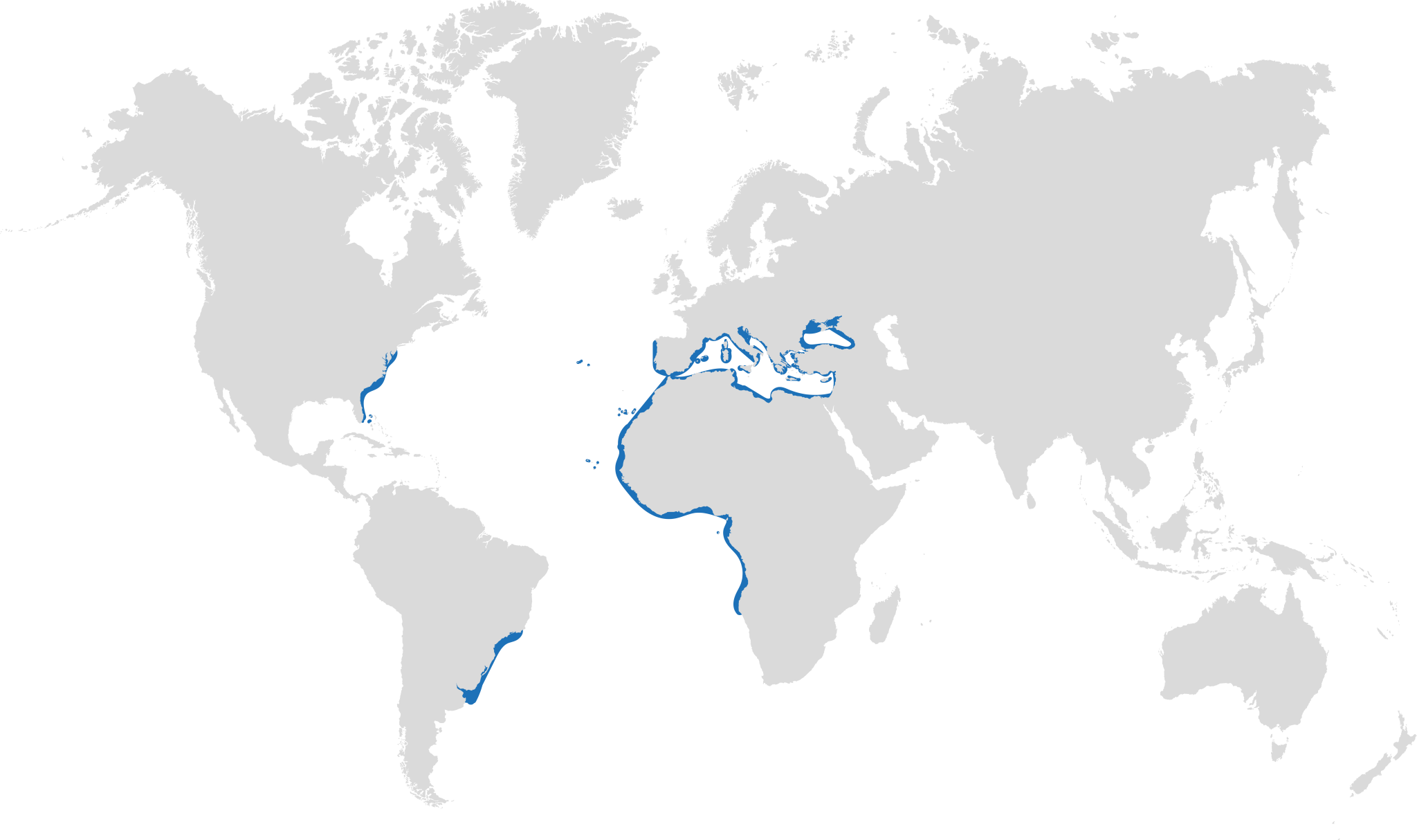News
BOOK REVIEW: Scuba Diving Operational Risk Management by Claudio Gino Ferreri

Scuba Diving Operational Risk Management: An SAS approach to principles, techniques and application by Claudio Gino Ferreri
A review by Jeff Goodman
No matter if you are a novice diver or have a lifetime of experience and knowledge, the application of risk management to diving is essential. Assessing possible risks and dangers perhaps can take a back seat as we become more familiar with all our diving activities and tend to rely on familiarity to see us through a dive.
Often risk management becomes second nature and is always there in the sub conscious, but this can be a slippery slope heading ultimately towards a fatal or near fatal accident. It is easy to become complacent.
This book is a good reminder for those of us with a lifetime of experience to reconsider our day to day diving practices and for those who are new to this exciting activity to take heed and make yourself aware of all the factors making your dive a safe one.
It is well written and precise in its information and although I found it a little reparative in places, it is well worth any diver reading this through.
Description
Scuba Diving Operational Risk Management is the first book dedicated to the application of risk management to diving of all kinds and at all levels.
In seeking to maintain diver safety, inform rescue management procedures and learn from near misses a process for identifying and dealing with risks is vital. In this important book, former SAS Assault Swimmer Class 1 Gino Ferreri details the step-by-step procedure for pinpointing the real causes of dangers, and mitigating against them and their effects.
Of great benefit to recreational, advanced and professional divers, plus anyone directly or indirectly associated with diving. All will find value in the principles and techniques contained in the book, which will remain relevant throughout their personal development and any future advances in equipment and approaches.
- Looks at diving risk management the SAS way.
- Includes a toolkit of ready-reckoners, templates and downloads.
- Contains information that aligns with the ISO 31000 international risk management standard.
About the Author of Scuba Diving Operational Risk Management
Claudio Gino Ferreri BSc (Security) has made risk management his life’s work, having dived as a member of the Australian SAS, been a permanent acting police senior sergeant with the Western Australia counter-terrorism and bomb disposal teams, and a government security manager for the Anti Corruption Commission and Corruption and Crime Commission. He holds recreational diving qualifications to TDI Trimix level, and has served as committee member and Diving Officer to the Underwater Explorers Club of Western Australia.
Copies and more information
DIVED UP PUBLICATIONS – -http://www.divedup.com/
https://www.divedup.com/shop/scuba-risk-management-ferreri-9781909455504/
Marine Life & Conservation Blogs
Creature Feature: Butterfly Rays

 In this series, the Shark Trust will be sharing amazing facts about different species of sharks and what you can do to help protect them.
In this series, the Shark Trust will be sharing amazing facts about different species of sharks and what you can do to help protect them.
As we’re currently in butterfly season, this month we decided to concentrate on the Butterfly Rays!
Within the family Gymnuridae, there are two genera and 12 species of Butterfly Ray. These species are morphologically different to lots of other rays because of the width of the disc and pectoral fins – in contrast to many other species of Butterfly Ray, their bodies are much wider than they are long, especially considering their very short tail. This gives them the appearance of gliding or flying across the sand.
Gymnura altavela – Spiny Butterfly Ray
Gymnura australis – Australian Butterfly Ray
Gymnura crebripunctata – Longsnout Butterfly Ray
Gymnura japonica – Japanese Butterfly Ray
Gymnura lessae – Lessa’s Butterfly Ray
Gymnura marmorata – California Butterfly Ray
Gymnura micrura – Smooth Butterfly Ray
Gymnura natalensis – Backwater Butterfly Ray
Gymnura peocilura – Longtail Butterfly Ray
Gymnura sereti – Seret’s Butterfly Ray
Gymnura tentaculata – Tentacled Butterfly Ray
Gymnura zonura – Zonetail Butterfly Ray
Today we’re taking a look at Gymnura altavela, the Spiny Butterfly Ray. Like all Butterfly Rays, the Spiny Butterfly Ray is a demersal species, meaning it spends the majority of its time on the bottom of the seabed. Butterfly Rays are known for their burying behaviour in the sand, a technique they use to camouflage themselves when they are resting during the day. This protects them from predators, in some areas larger sharks. It also aids them in their ambush hunting technique – by hiding themselves under the sand they are able to easily snatch up their dinner – usually crustaceans, molluscs or other small fish – as they swim by unawares. This behaviour can leave tell-tale butterfly-ray shaped imprints in the bottom of the seabed.
Spiny Butterfly Rays can grow up to 260 cm (disc width (wingspan)), although average is around 200 cm. They give birth to live young, and each litter consists of 1-8 pups. This species has also been found to aggregate, likely for mating. One study found that aggregations of primarily females in the coastal regions off Gran Canaria may correlate with the shifting water temperature.
It is estimated that the species has undergone a population reduction of 50-79% over the last 33 years. This is primarily due to fishing pressure – the Spiny Butterfly Ray is targeted and bycaught in both industrial and artisanal fisheries types using a variety of gear types. The species is now Critically Endangered in the Mediterranean and Southwest Atlantic.
Scientific Name: Gymnura altavela
Family: Gymnuridae
Maximum Size: 260 cm (disc width)
Diet: crabs, shrimps, various invertebrates, fishes, small crustaceans, and molluscs.
Distribution: throughout the Atlantic and Mediterranean and Black Seas.
Habitat: muddy and sandy substrates down to 150m.
Conservation status: Critically Endangered in the Mediterranean and Europe, Endangered Globally.
For more great shark information and conservation visit the Shark Trust Website
Banner Image: ©Tomas Willems. Main image: ©Andy Murch
Gear News
DiveAlertPLUS: a Dual Function Surface / Subsurface Signalling Device
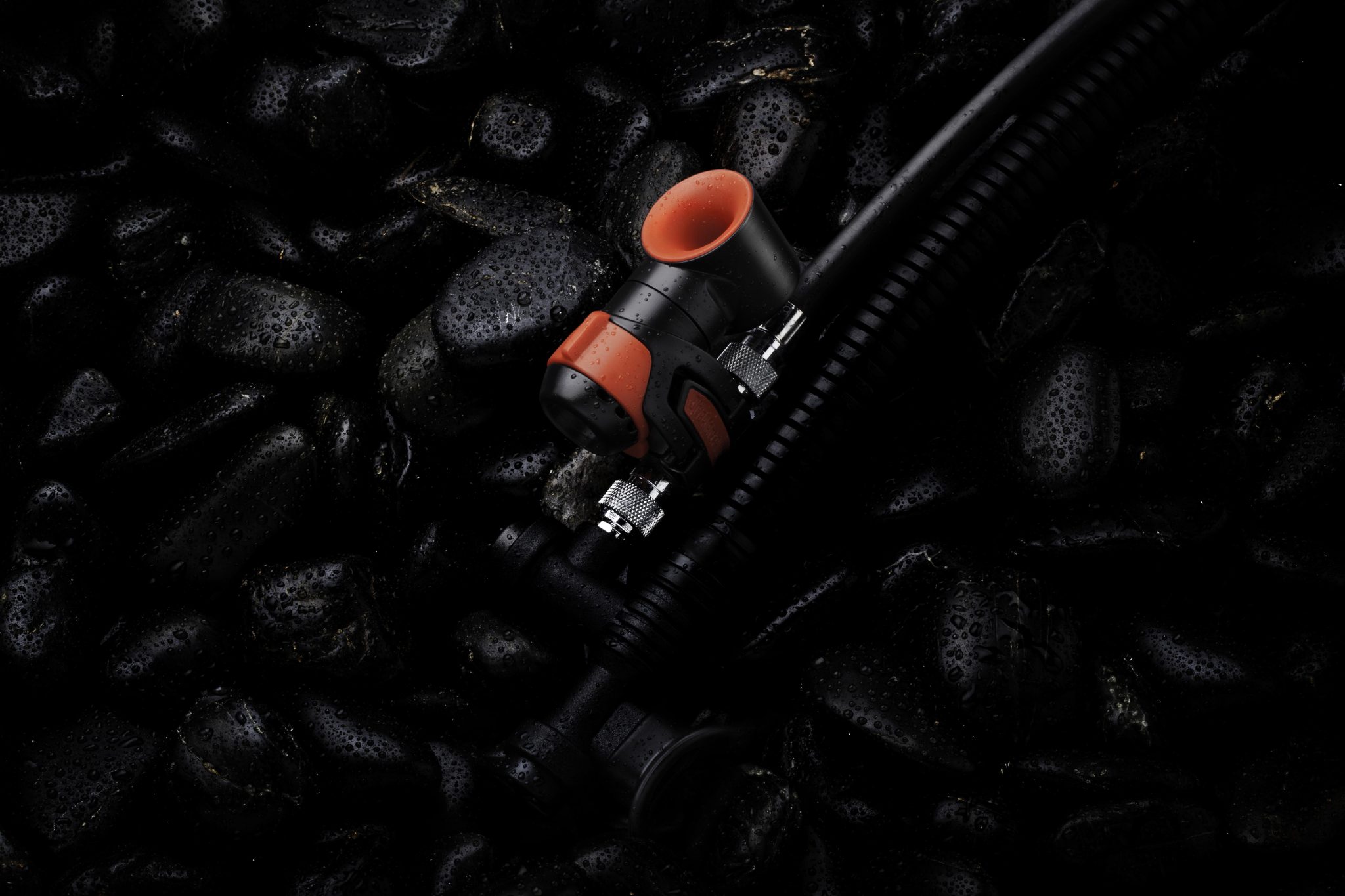
DiveAlertPLUS is a specially designed, small, lightweight pneumatic signalling device that uses quick-connect/disconnect hose couplings to become an integrated part of your power inflator.
It uses a small amount of air from your SCUBA tank to make a piercingly loud sound in air or water. It can be heard a mile away from where the diver in need is above water.
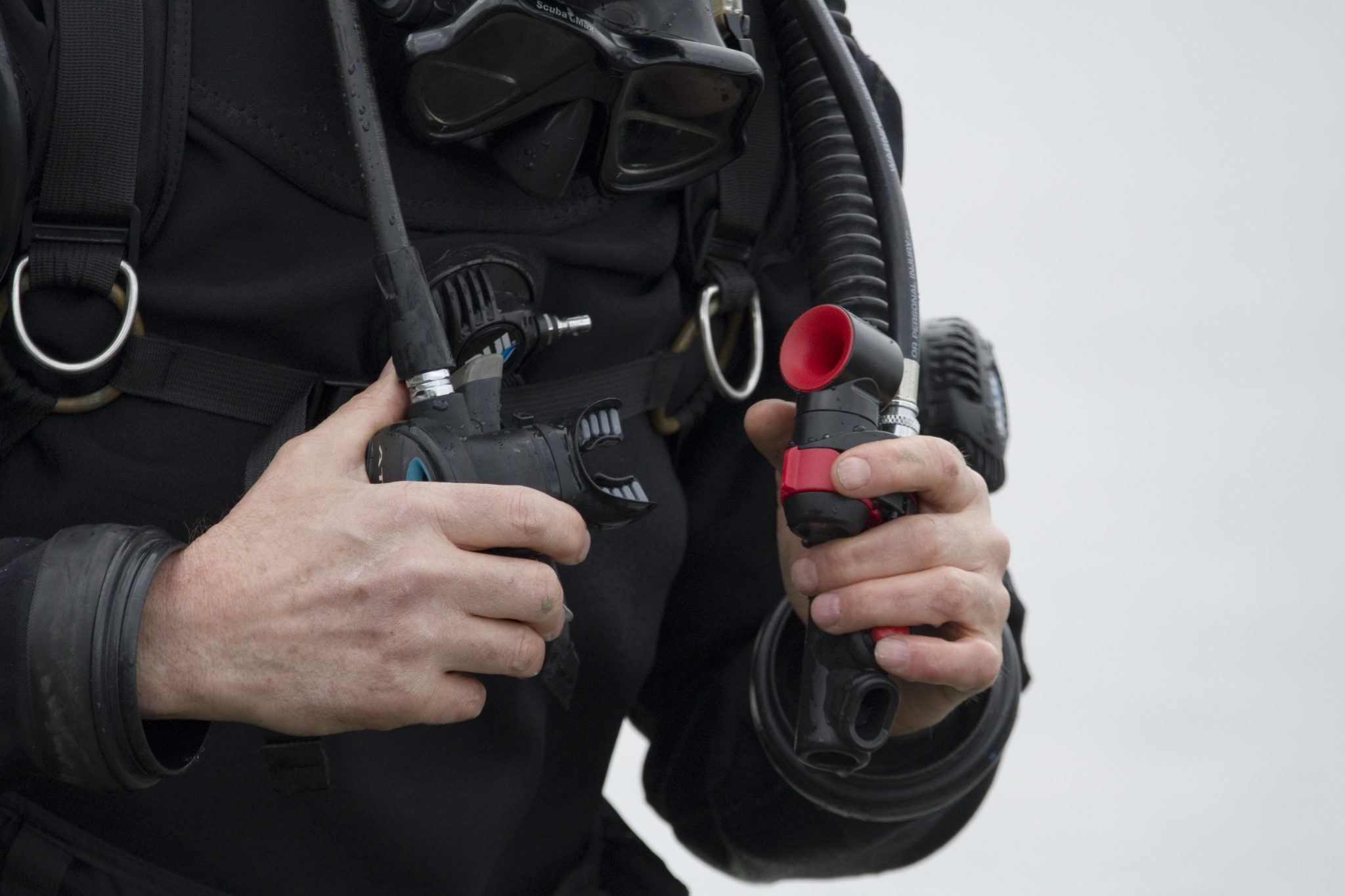
How it works
The DiveAlertPLUS uses chrome-plated brass couplings to attach to your power inflator. Squeezing the device engages the actuator valve stem causing a small amount of air to flutter a stainless steel diaphragm emitting a piercingly loud sound. The subsurface/underwater signal is produced by a percussion “buzzing” noise made by a piston hitting a stainless steel diaphragm much like a drum.
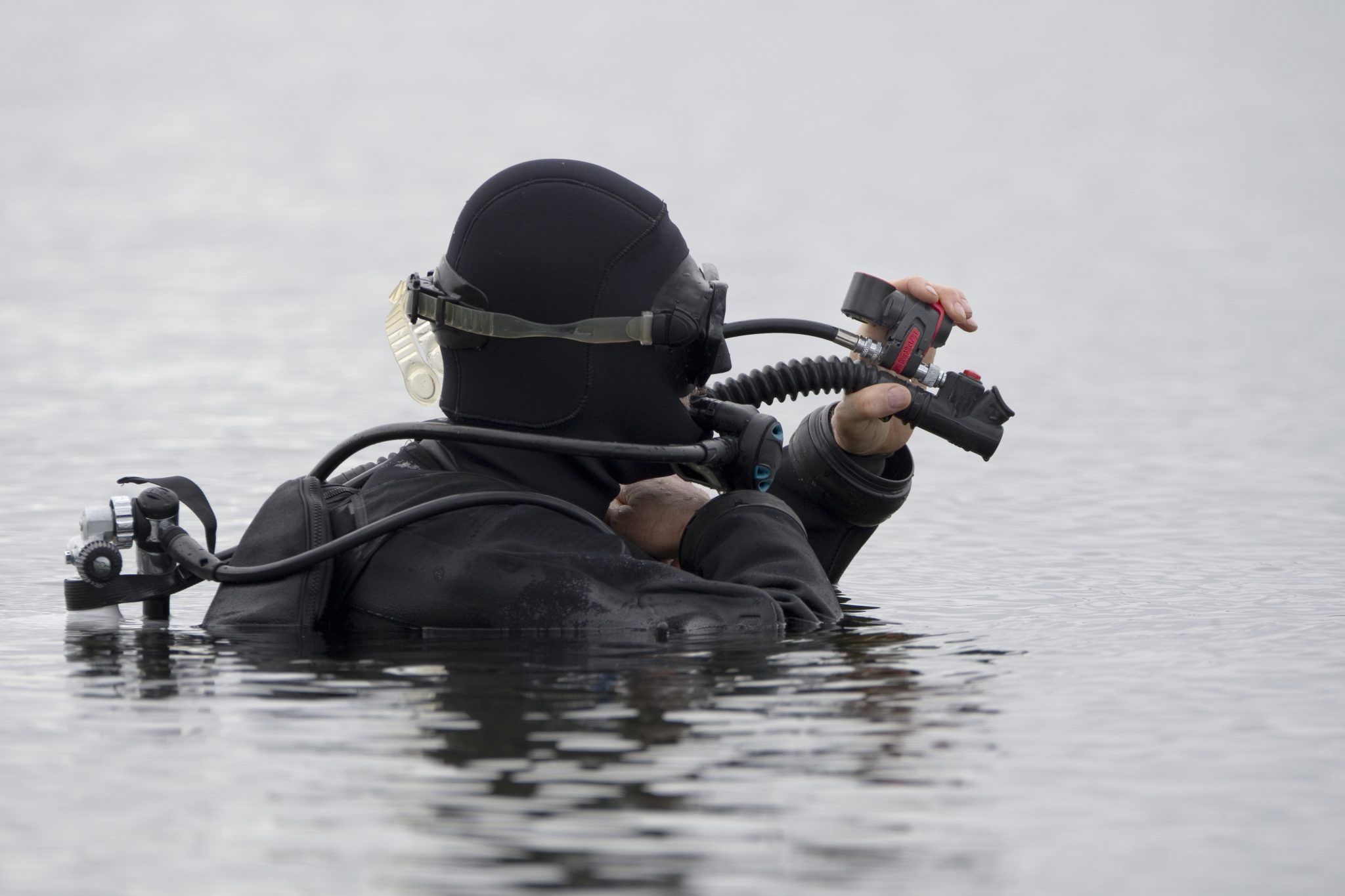
To Learn more about the DV1 an DV3 DiveAlert click on this link to their website: https://www.divealert.com/index.php/divealert-plus
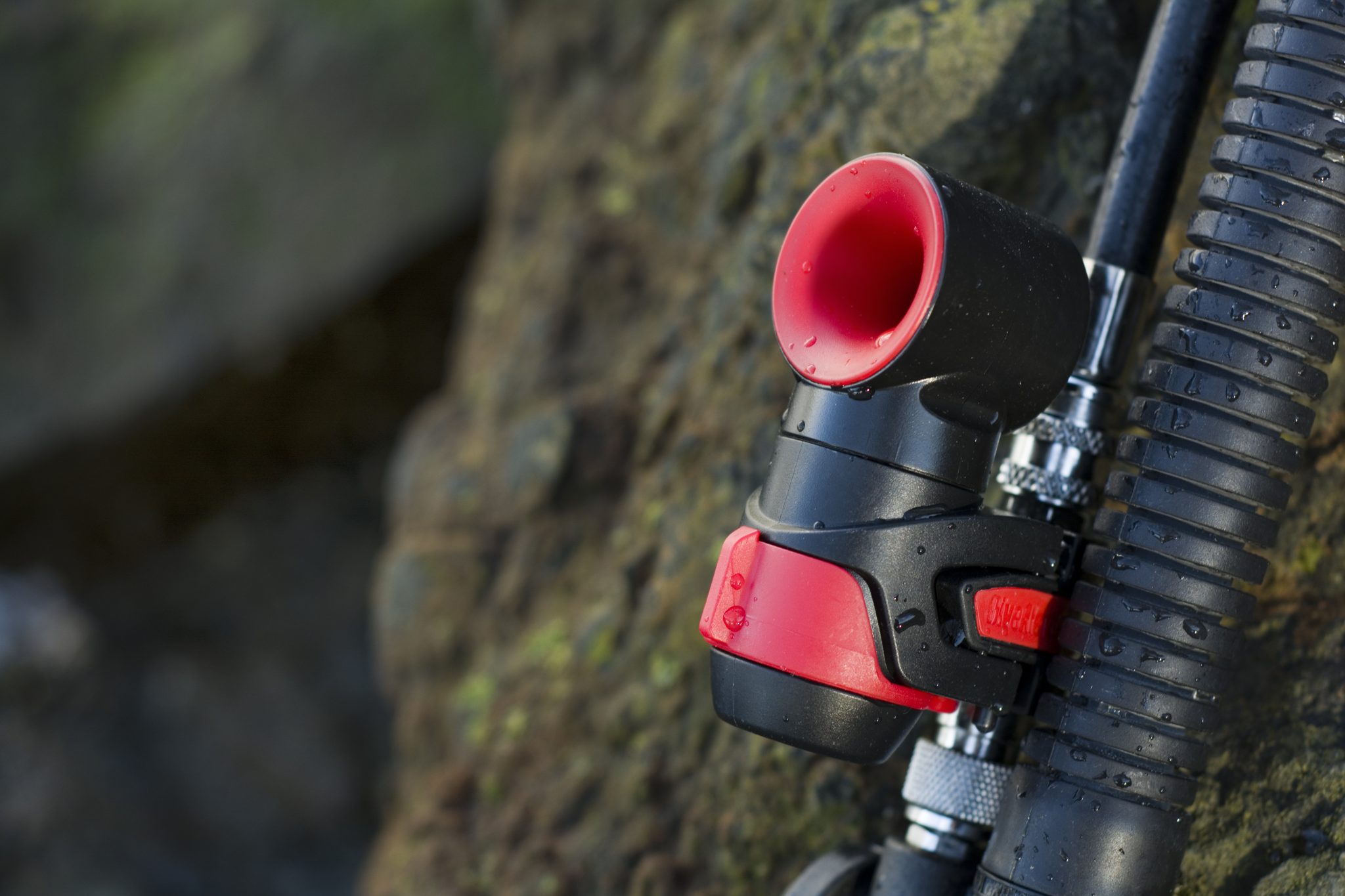
Sea & Sea is the home of DiveAlert and other leading diving brands in the UK.
-

 Blogs4 weeks ago
Blogs4 weeks agoDive Indonesia Part 3: Dive into Lembeh Trip Report
-

 Gear Reviews1 month ago
Gear Reviews1 month agoGEAR REVIEW – Revolutionising Diving Comfort: The Sharkskin T2 Chillproof Suit
-

 News3 months ago
News3 months agoPADI Teams Up with Wellness Brand Neuro to Drive Ocean Change and Create a Blue State of Mind
-

 Blogs2 months ago
Blogs2 months agoMurex Resorts: Passport to Paradise!
-

 Blogs3 months ago
Blogs3 months agoDiver Discovering Whale Skeletons Beneath Ice Judged World’s Best Underwater Photograph
-

 Blogs2 months ago
Blogs2 months agoSeagrass Awareness Month brings critical food source for Manatees to centre stage
-

 Marine Life & Conservation3 months ago
Marine Life & Conservation3 months agoSave the Manatee Club launches brand new webcams at Silver Springs State Park, Florida
-

 Blogs2 months ago
Blogs2 months agoSOMABAY: Scubaverse interviews Wolfgang Clausen, General Manager, ORCA Dive Clubs



